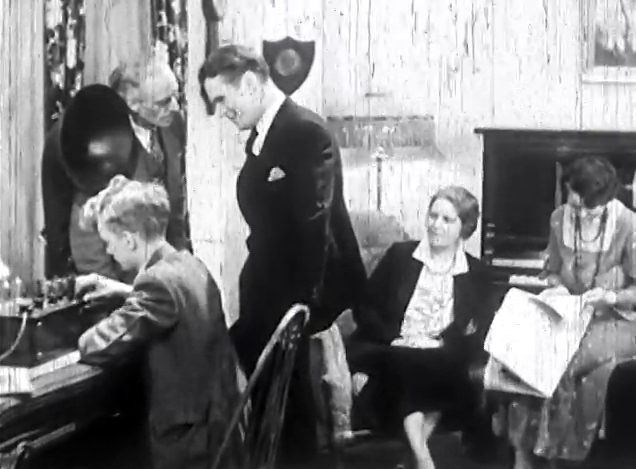When people talk about long-distance AM reception, it’s often discussed as something that happened in the past.
Those skywave signals from the “Golden Age of Radio” are actually still on the air. The longer nights of fall and winter provide more opportunity to hear them, though instead of Jack Benny or Dragnet, the old “clear channel” stations are mostly now carrying talk, sports, or news.
People who did not grow up with AM radio are usually shocked the first time they hear a distant AM station. When I first heard Chicago’s WBBM in the Twin Cities as a teenager, I thought it must be a rare catch. Then I tuned in again and again and realized it happens every night.
While internet streaming and syndication have taken a lot of the excitement out of listening to scratchy out-of-town signals, it’s still interesting to observe the phenomenon that is AM skywave reception. The skywave signals are also a nice companion when you’re at a remote northern campsite or on a long drive through a rural area.
The reason AM signals travel so far is that the atmosphere treats mediumwave (AM) wavelengths differently depending on whether the sun is shining. During the day, the signals are absorbed by the atmosphere.* At night, they bounce back down to earth in a way that’s so predictable that AM stations have to factor in stations hundreds of miles away when building or modifying transmission plants.
In the very early days of radio, the industry and regulators recognized the potential of massive signals to serve rural areas that had few or no local stations. They reserved certain frequencies for 50,000-Watt stations that cover part or all of the continent at night.
These stations are still on the air, mostly with the same coverage areas they had back in the 1930’s (here’s a look at the stations commonly heard in the Upper Midwest). However, they do fade in and out and the signal strength varies from night to night.
The AM band is divided up into three types of frequencies:
- The original clear channel frequencies, which are still mostly dominated by large 50kW stations. Smaller stations are allowed on these frequencies but must protect the original clear channel stations by greatly reducing power or going off the air completely at night (which is why they’re referred to as “daytimers.”)
- Regional frequencies that were originally filled with 5kW stations, though they can now be up to 50kW if they meet interference requirements. Most of these stations have to use directional antenna patterns at night and/or reduce power to avoid interfering with each other.
- Six specific local frequencies where all of the stations use 1kW nondirectional, day and night. These are 1230, 1240, 1340, 1400, 1450, and 1490. DX’ers call these the “graveyard” frequencies because there are so many stations mixing on them at night that it sounds like you’re walking through a haunted graveyard.
In recent years, there has been a lot of talk about further reducing protections for the former clear channels since there are virtually no populated rural areas without local radio service. However, legislators can’t change the laws of physics, so skywave signals will still exist even if they’re no longer protected.
But it may be the laws of economics that ultimately end skywave reception. It’s no secret that AM listenership has been declining for decades, and there has been a trend of owners downgrading smaller AM stations or taking them off the air completely as their transmitter facilities age.
So, experience those skywave signals while you can.
More information:
- FCC description of AM classes and frequencies
- Then and Now: Clear Channel Reception in the Upper Midwest
- Wikipedia article on clear channel stations
*This article has been corrected to note that daytime signals are absorbed by the atmosphere rather than going out into space.


1 thought on “Living History: Long-Distance Signals from ‘Golden Age of Radio’ Still On Air”
Comments are closed.